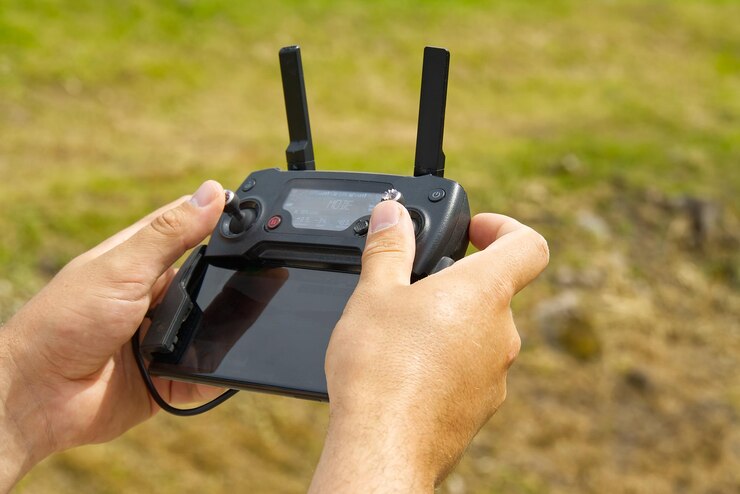In recent years, the field of geospatial technologies has experienced significant advancements, largely due to the integration of Global Navigation Satellite System (GNSS) receivers. These devices have revolutionized the way we capture, analyze, and utilize spatial data, transforming various applications and improving accuracy across numerous industries. High-quality GNSS receivers are essential tools for professionals working in these fields.
Understanding GNSS Receivers
GNSS receivers are devices that use signals from multiple satellite constellations to determine precise locations on the Earth’s surface. They play a crucial role in applications ranging from navigation and mapping to scientific research and environmental monitoring. By providing accurate and reliable positioning data, GNSS receivers enable users to perform complex spatial analyses with unprecedented precision.
Practical Applications Across Industries
Agriculture: Precision farming has greatly benefited from GNSS technology. Farmers use GNSS receivers to optimize planting patterns, manage irrigation systems, and monitor crop health. This technology ensures efficient use of resources, leading to higher yields and lower costs.
Urban Planning: Accurate spatial data is critical for urban development. GNSS receivers provide urban planners with the precise information needed to design infrastructure, manage land use, and plan transportation systems effectively. The integration of GNSS data with Geographic Information Systems (GIS) allows for sophisticated analysis and visualization of urban environments.
Environmental Monitoring: Monitoring environmental changes requires precise and consistent data. GNSS receivers are used to track wildlife, measure land deformation, and monitor climate change effects. The ability to obtain accurate geospatial data aids in developing effective conservation strategies and understanding environmental impacts.
Construction: In the construction industry, GNSS receivers are essential for site layout, machine control, and project monitoring. Accurate positioning ensures that construction projects adhere to design specifications, reducing errors and improving efficiency.
Land Surveying: GNSS receivers have transformed land surveying by providing quick and precise measurements. Surveyors can determine property boundaries, create topographic maps, and perform geodetic surveys with a high degree of accuracy, streamlining the surveying process and improving reliability.
Addressing Challenges with Advanced Solutions
Despite their advantages, GNSS receivers face challenges such as signal obstruction and interference. However, advancements in GNSS technology are continuously addressing these issues. Multi-frequency support, integration with inertial measurement units (IMUs), and real-time kinematic (RTK) positioning are some innovations that enhance the performance of GNSS receivers in various conditions.
Signal Obstruction: Urban environments with tall buildings and dense foliage can obstruct GNSS signals. Advanced receivers incorporate technologies that mitigate signal blockage, ensuring reliable data collection.
Interference: Electromagnetic interference can affect GNSS accuracy. Modern GNSS receivers use sophisticated algorithms to filter out noise and improve signal quality, providing consistent and accurate positioning data.
The Future of GNSS in Geospatial Technologies
The future of GNSS technology is promising, with ongoing research and development aimed at further improving accuracy, reliability, and integration capabilities. Emerging trends include the use of GNSS receivers in unmanned aerial vehicles (UAVs) for aerial surveys, enhanced algorithms for better signal processing, and the development of more user-friendly devices.
In summary, GNSS receivers have dramatically improved the accuracy and efficiency of geospatial data collection and analysis. Their impact is evident across various industries, from agriculture to urban planning. As technology advances, GNSS receivers will play an increasingly vital role in shaping the future of geospatial technologies.
Additional:
- Lakshya Sen Net Worth
- Andre Hakkak Net Worth
- Cedric The Entertainer Net Worth: A Closer Look at the Comedic Kingpin’s Wealth

